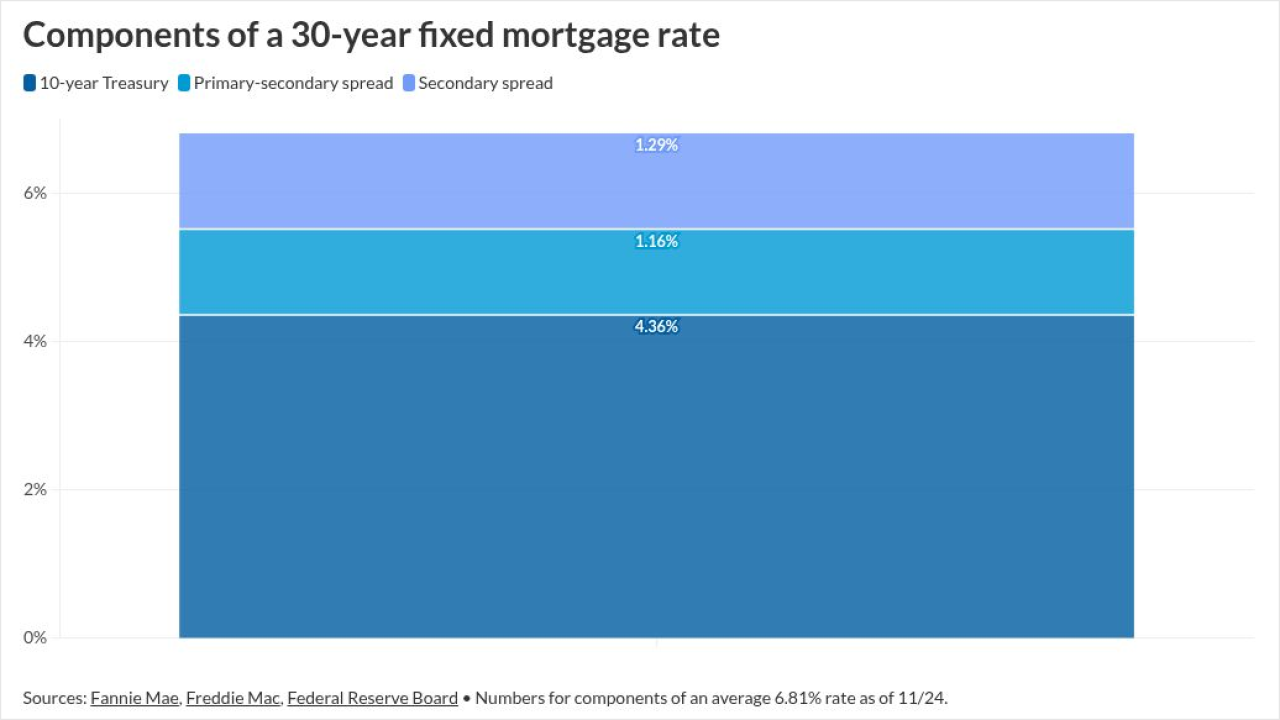The Consumer Financial Protection Bureau on Wednesday proposed postponing implementation of two new Fair Debt Collection Practices Act rules governing borrower communication, which currently have a Nov. 30 start date.
One rule delineates what constitutes harassment, false representation and unfair practices by debt collectors. The other clarifies the disclosures collectors must provide to consumers regarding communication with credit reporting agencies and prohibits collectors from threatening to sue borrowers with time-barred debt.
The delay would mean that third-party mortgage servicing entities and others governed by the FDCPA will not be able to use the
Acting CFPB Director Dave Uejio had previously signaled that he
The proposed delay comes a day after the CFPB issued a consent order against a debt collector, Yorba Linda Capital Management, for allegedly harassing thousands of consumers by falsely threatening them with legal action.
“Debt collectors often run afoul of consumer law when they coerce customers to pay them by exaggerating the consequences of not paying,” Uejio said in a press release Tuesday.
He called the action “a reminder that debt collectors must stick to the truth when communicating with customers.”
In the consent order, the CFPB calls upon the debt collector to pay a civil money payment of $2,200 to the bureau and seeks monetary relief and damages totaling $860,000.
However, full payment of the relief has been suspended since respondents claim they currently have an inability to pay, according to the consent order.




